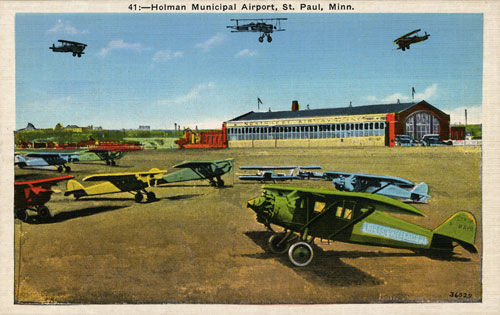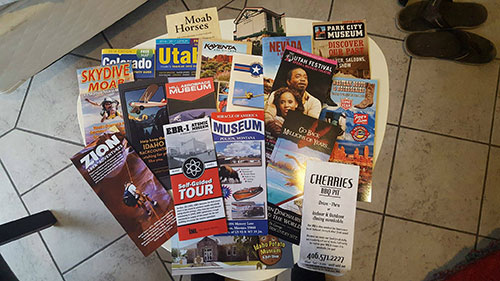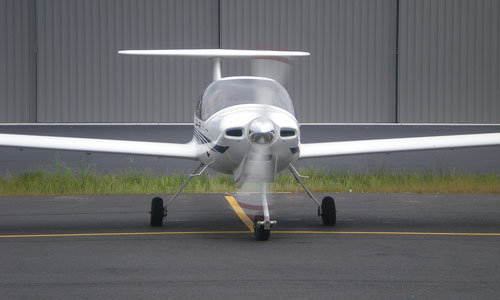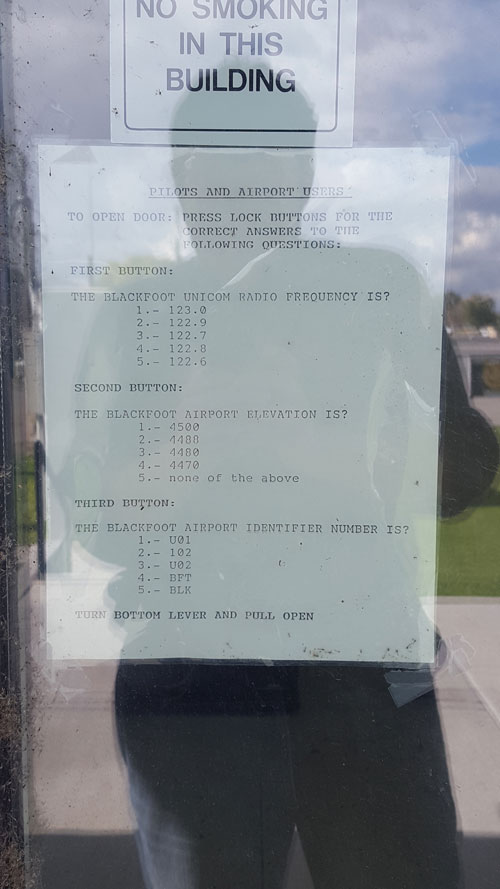Smaller Airports, Lower Stakes
Regional and municipal airports, which often target enthusiasts or niche needs, are pretty low-key compared to say, LAX. But they have plenty of mystery.
Editor’s note: Hey all, our excellent contributor Andrew Egan is back again; apparently not sick of working with me just yet. Enjoy!
2,952
The number of “general aviation airports,“ according to the Federal Aviation Administration (FAA). This particular category of airport excludes the common perception of an airport and focuses on the smaller, regional and municipal airports that serve private pilots, certain disaster relief efforts, and aviation related commercial business (like cropdusters).

Holman Municipal Airport, located in St. Paul, Minnesota. (MCAD Library/Flickr)
The quiet economic role that regional and municipal airports play for their communities
Outside of towns large and small across America, hidden gems can be accessed with basic knowledge or a quick Google search.
Regional and municipal airports, or “general aviation airports” as designated by the FAA, can be a lifeblood of economic activity for otherwise remote communities. A fact sheet posted in the lobby of the Polson, Montana airport gleefully highlighted the estimated $7 million in economic activity it brought to the area. In other airports, local dealers offer low cost rentals and restaurants proudly promote their food. You can always find the brochure display, offering everything from skydiving over Moab to the Idaho Potato Museum.

Brochures collected by the author during travels for a previous Tedium story.
Considering the sheer size of the country, it should be no surprise that the U.S. has one of the most vibrant community of private pilots in the world. (States with the highest number of private pilots are, understandably, California, Florida, and Texas.) Despite heavy regulation and considerable cost, pilot licenses and airplane ownership are fairly common. General aviation airports are the home of private pilots that often fly visually, without instrumentation—using the kinds of propeller-driven craft, like Cessnas and Beechcrafts, that many are familiar with from TV and movies.
Owners of private planes generally have disposable income and regular need for fuel, parts, and miscellaneous items. This economic activity has lead some municipalities and counties to invest in their airports. Some are equipped with fueling stations, showers, couches, and televisions.
Even in some remote parts, like DuBois, Idaho, the data connection is strong and reliable. In other words, they can be free hotel rooms.
“You always hear Homeland Security has an eye on everything. It’s surprising that airfields aren’t manned 24 hours.”
— Juror Robert Simpson, speaking to the Associated Press after the trial of Robert “Romeo” D’Leone, a Canadian man accused of smuggling drugs through small airports in the “thumb” region of Michigan. D’Leone was caught with hockey bags filled with 175 pounds of marijuana and 400,000 Ecstasy-like pills, according to a 2011 AP report, and he and his accomplices reportedly scoped out hundreds of airports on Google Maps for their drug-smuggling efforts. Romeo, who is from Toronto, was sentenced to 70 months in prison for the crime.

(Cristianaikido/Pixabay)
If general aviation airports have a problem, it’s the surprising lack of security compared to their larger counterparts
Access to a general aviation airport is loosely restricted.
Some of the more basic, like Downey, Idaho, are open fields with a single corrugated tin hangar. The only real security is obscurity and curious locals. The more lavishly equipped are locked but hints to entry codes are often posted. At McCarley Field in Blackfoot, Idaho access to the FBO (fixed based operator) or the pilots lounge area is controlled with a quick, publicly posted aviation quiz. When put together, the answers created the code to enter the building. The UNICOMM question at the start was by far the most commonly used. It’s 122.8, by the way.

Sorry for the quality of the picture. Since it was Idaho, I was required to take it with a potato.
Only the airport at Deer Lodge, Montana required direct approval for after hours access, which was handled by the sheriff’s department. They were quick to respond and didn’t ask many questions to allow access. Considering the multi-million-dollar jets parked in hangars throughout the airport, increased security made sense.
Of course, these facilities are intended for travelers associated with aviation. However, they are often publicly funded with minimal supervision. At a few locations, a clerk might be present during normal business hours. Regulation seems to be a sore spot with pilots. Increases in oversight ultimately cost time and money. Keeping these airports limited to use by a community of self-regulating pilots seems to be working so far.
The industry recognizes the threats possible from unsecured airports, though the dangers have less to do with terrorism and more to do with drug smuggling and human trafficking. To date, general aviation airports have been free of violence. Smuggling activity often goes unnoticed by airport officials, even when they’re present and monitoring air traffic.
“Shoot, we’re just a big cherry to pick and didn’t realize it,” said Joe Allen, manager of Sandusky City Airport in rural Michigan, in 2011 after federal agents conducted a drug raid on a delivery from Canada.
Fear that publicity of vulnerabilities and available accommodations might endanger some regional and municipal airports, pilots were generally unwilling to discuss the matter on the record. Though most downplayed their availability and quality.
“It’s not a hotel,” one said, requesting his name not be used. “If you’re lucky, It’s just a couch.”
It’s unlikely that anyone is willing to travel to Page, Arizona or Polson, Montana to take advantage of an unsupervised couch. And the private pilots that often find themselves in remote areas, either due to weather, timing, or just obtaining their license, do not take the amenities for granted. They might also be up to something more nefarious.
For the most part, the staff and community surrounding these airports were welcoming and appreciative of our visit. It’s probably best not to test that kindness in search of a free hotel room.
Andrew Egan is a writer based in Texas. His work has previously appeared in Forbes, ABC News, Tedium, and Atlas Obscura. You can visit his terrible website at CrimesinProgress.com or buy his even worse novel, Nothing Too Original.
:format(jpeg)/2017/06/tedium121316.gif)
/2017/06/tedium121316.gif)

/uploads/andrew_egan.jpg)